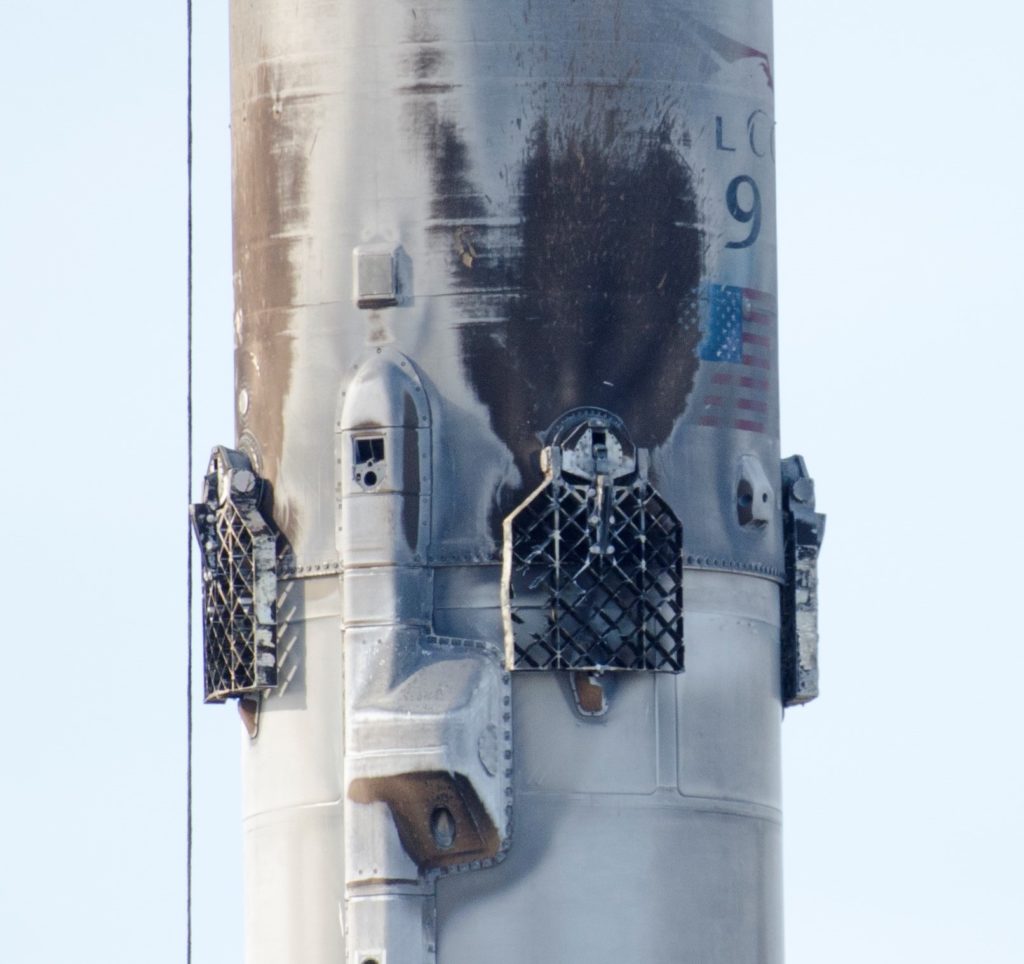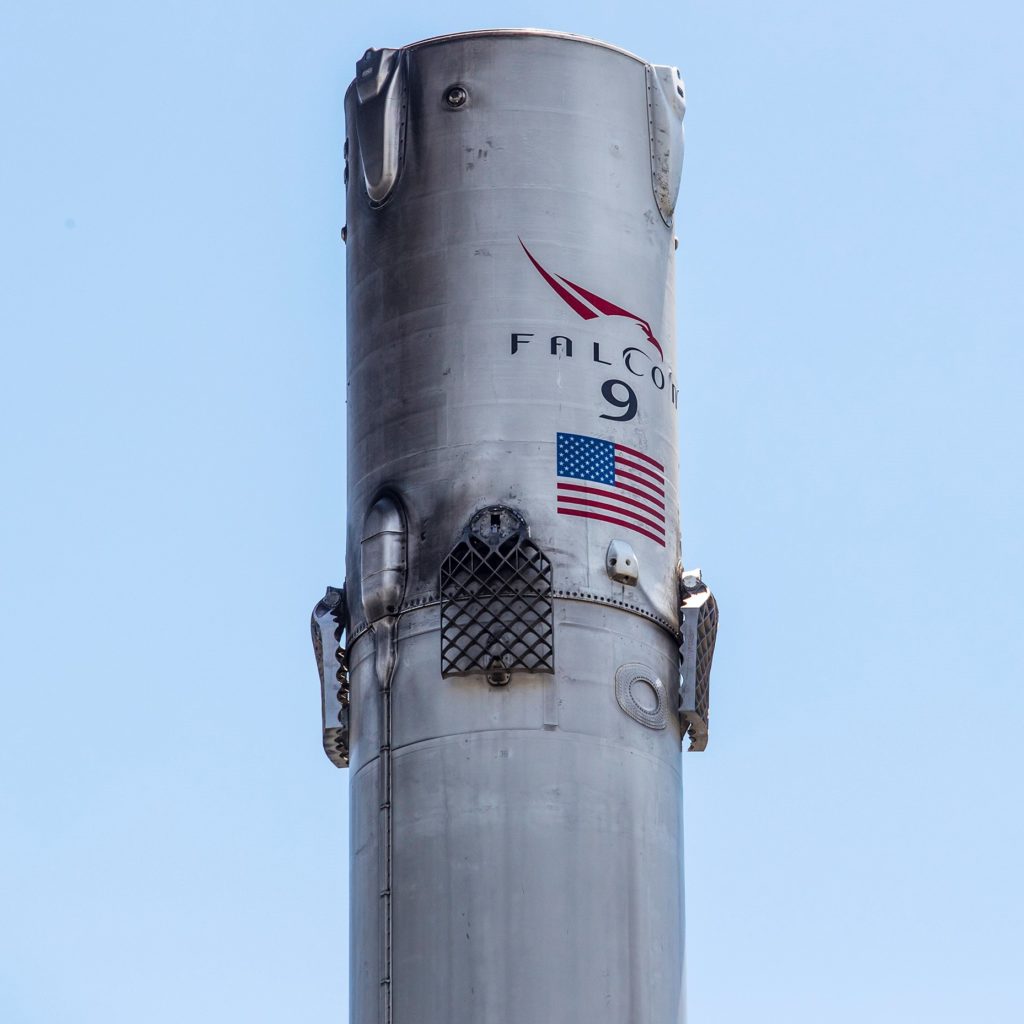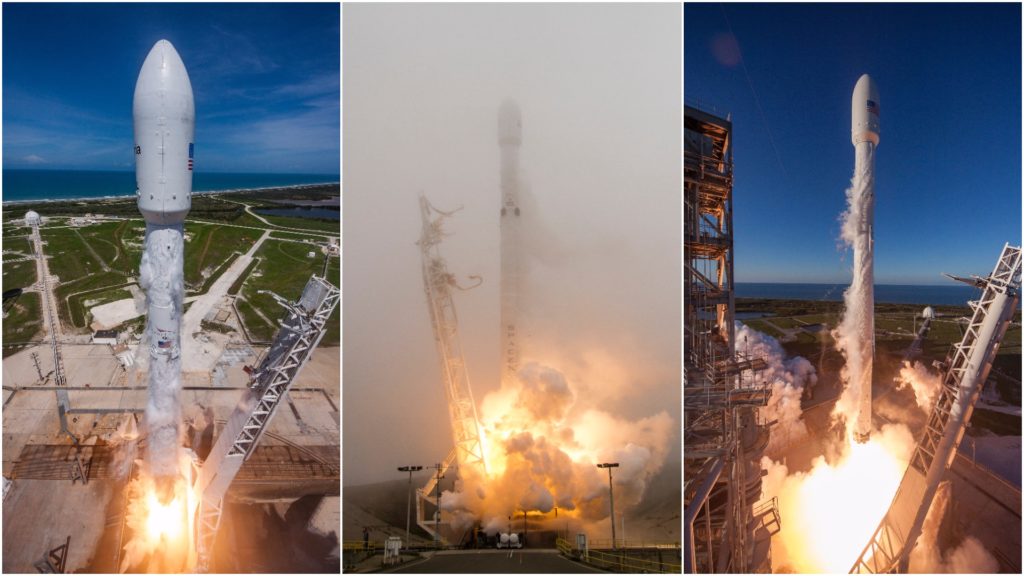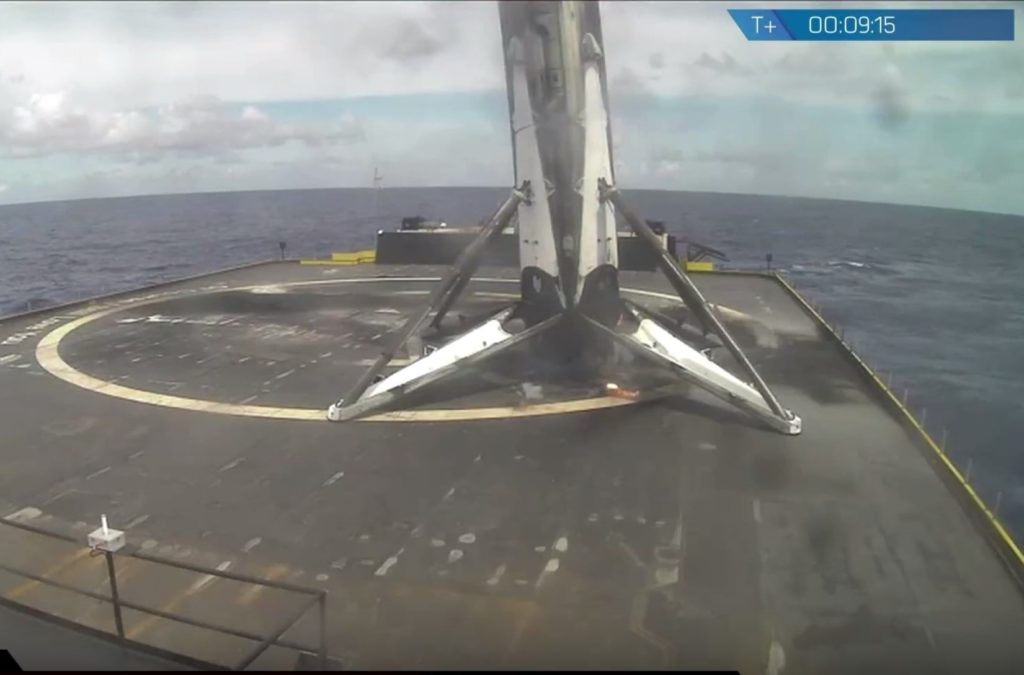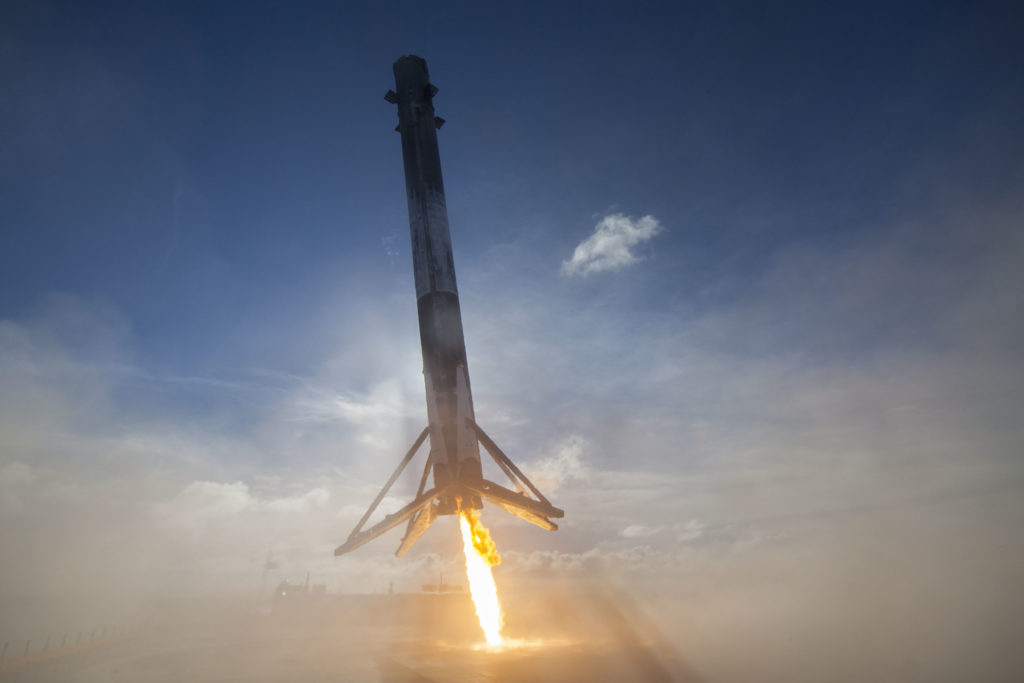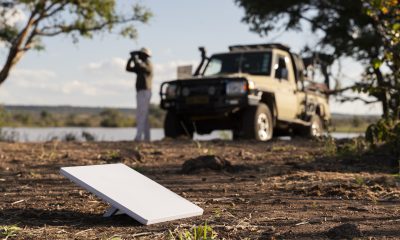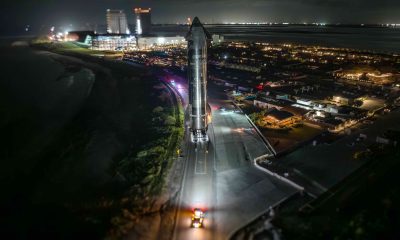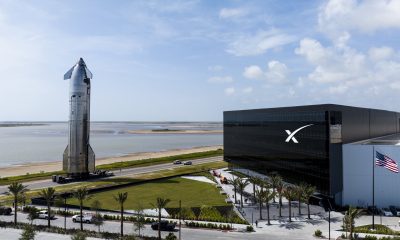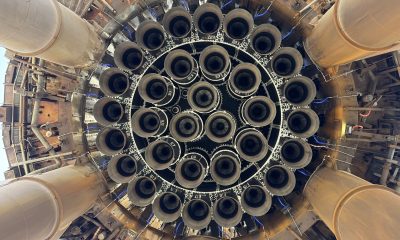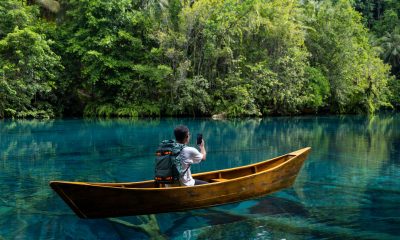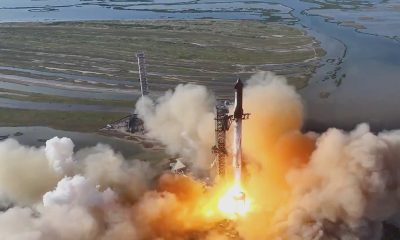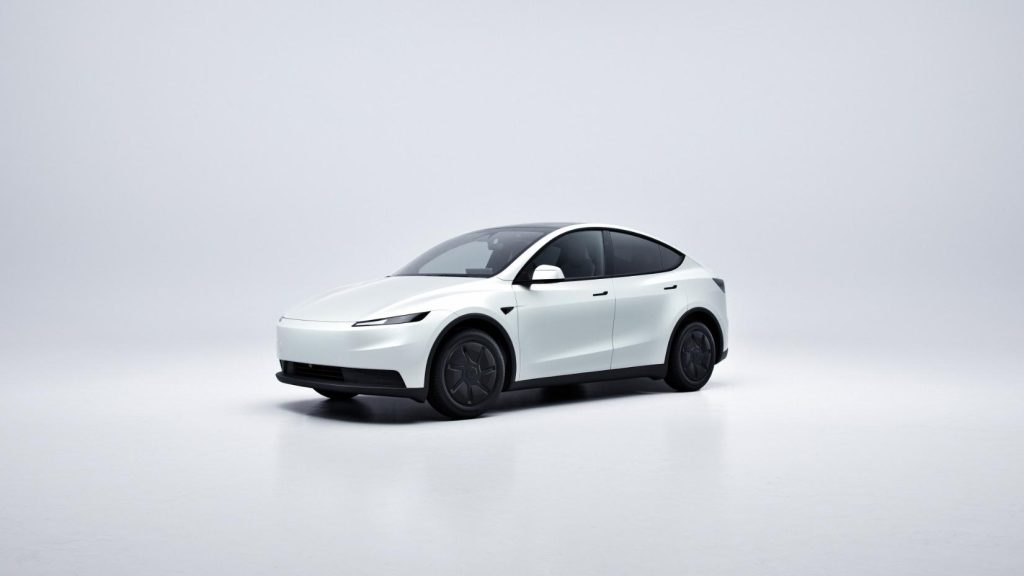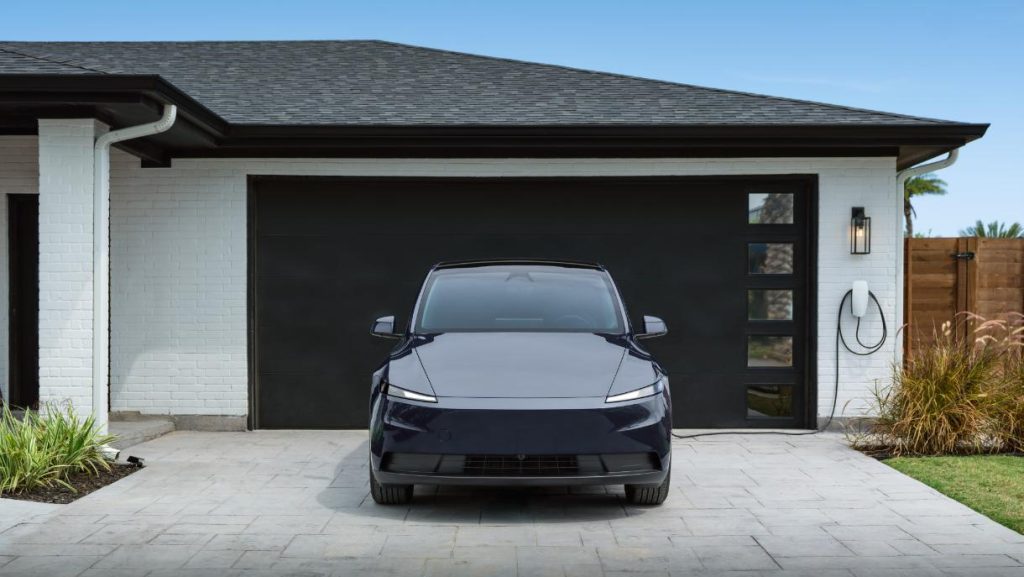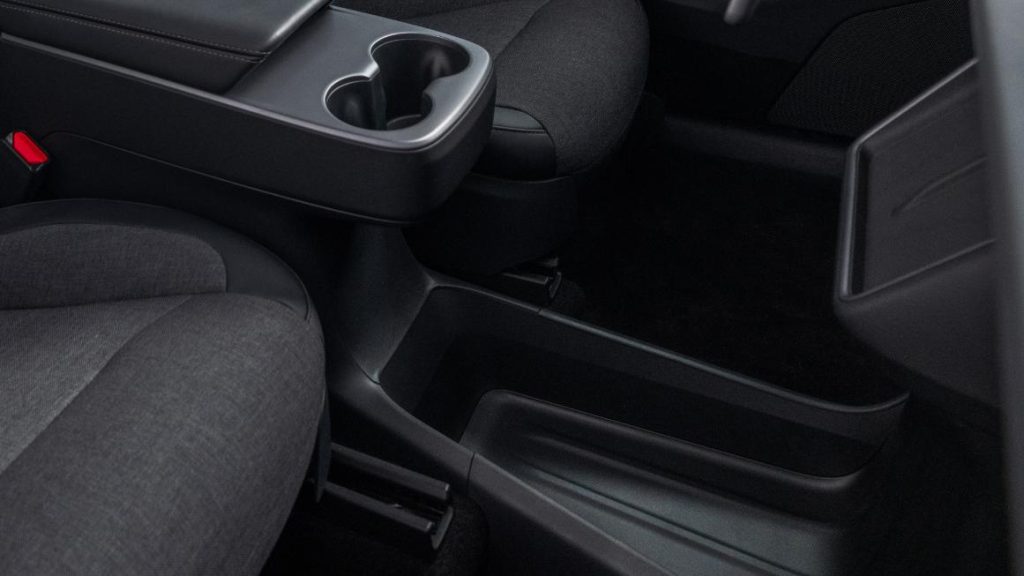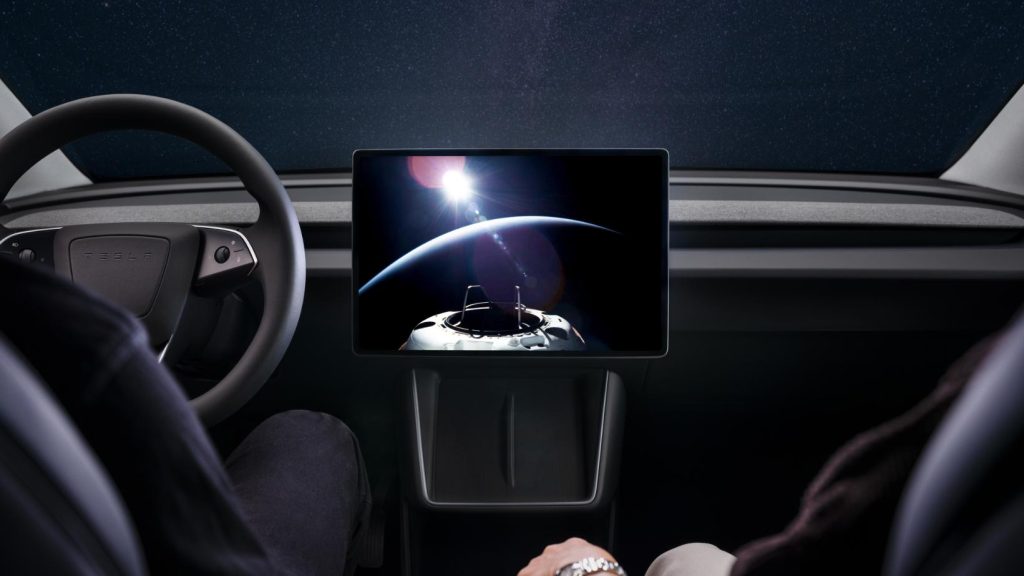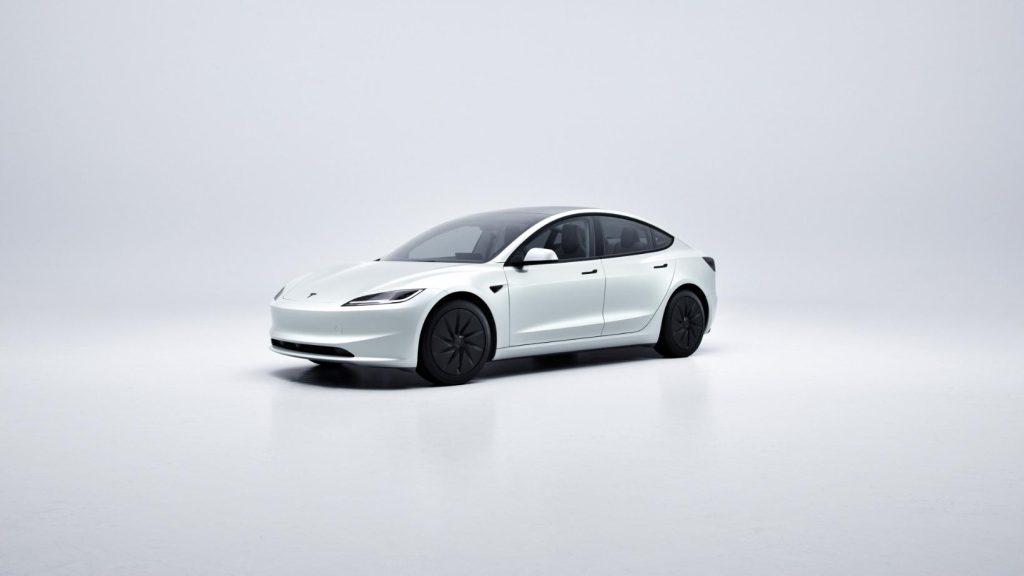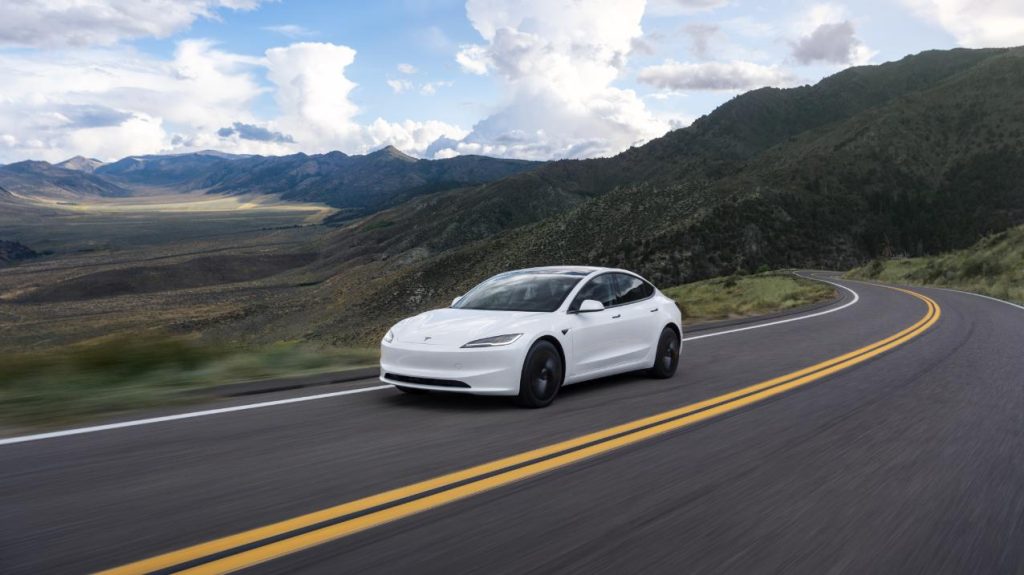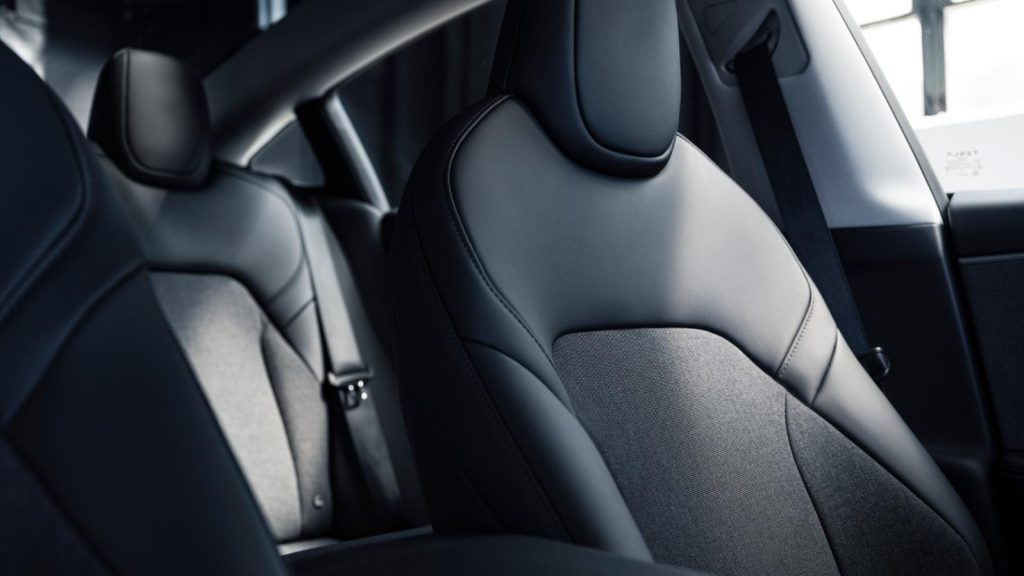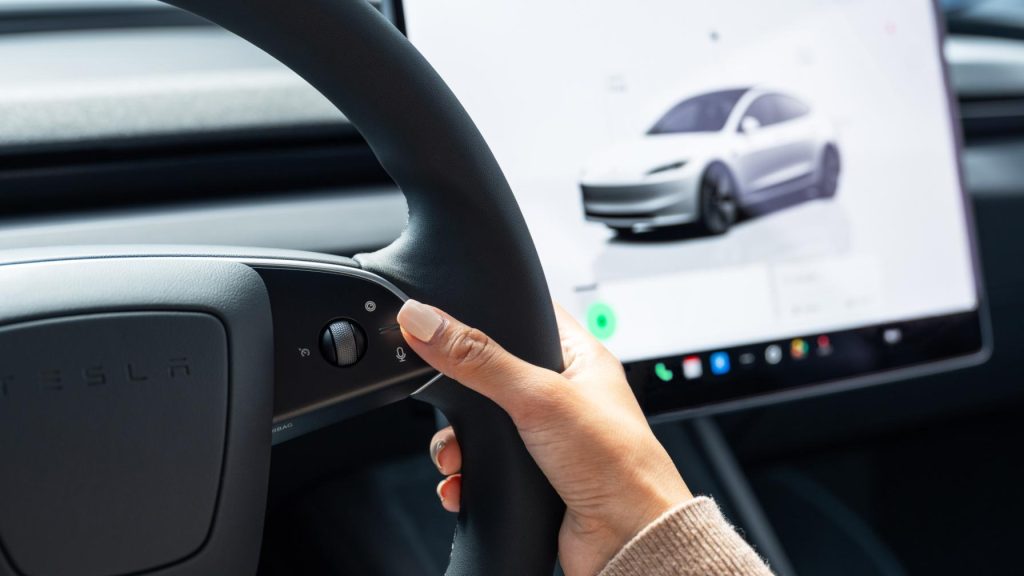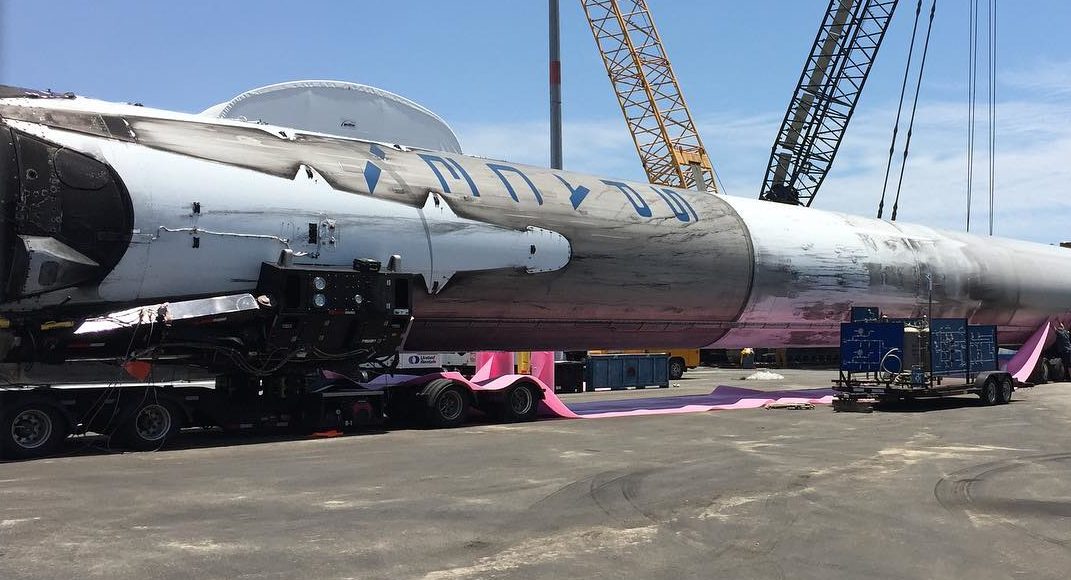
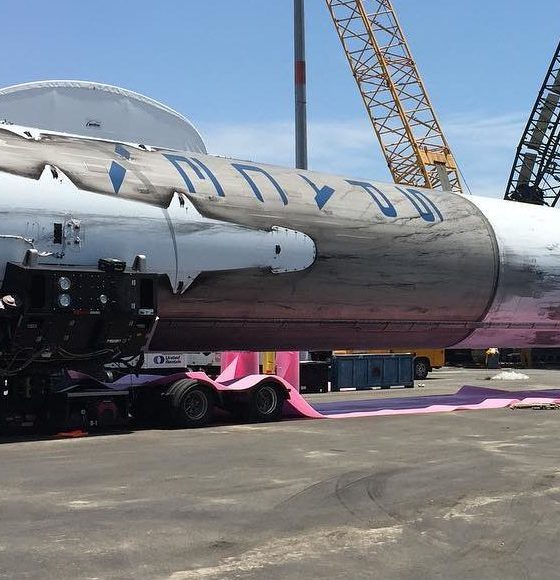
News
SpaceX advances reuse efforts as recovery of two boosters nearly complete
Three launches, two recoveries, two coasts
Just over two weeks ago, SpaceX accomplished its most impressive feat of cadence yet, both launching and recovering two separate Falcon 9s in approximately 49 hours.
Two weeks later and two days after conducting a third launch in 13 days, residents of Los Angeles, California and Cape Canaveral, Florida both coincidentally reported that the two recovered boosters from the previous two launches had both gone horizontal and appeared ready for transport. After docking in Port Canaveral for the second time, Core 1029 was seen entering SpaceX’s LC-39A integration facilities on Friday. The booster on the West coast, 1036, was loaded aboard one of the company’s converted Falcon 9-carrying semi-trucks, likely for transport to SpaceX’s Hawthorne manufacturing facilities, or possibly on a direct route to McGregor, Texas for refurbishment and testing.
https://www.instagram.com/p/BWQSPOgF67i/
This is exciting for several reasons. Foremost, 1036 is a likely candidate for reuse, and SES-10 sets a firm precedent for this. The first commercial reuse of an orbital-class launch vehicle, Falcon 9’s second stage and SES-10 payload launched on a first stage that had flown five months before during the successful launch of Iridium’s first ten NEXT satellites.
Given the potential impact of failure on the adoption of reuse as a commercial standard, SpaceX likely approached the refurbishment of the vehicle with an end-goal balanced between perfection and realism. The orbit of Iridium’s NEXT constellation is the reason the booster was chosen for the first operational reuse: their low Earth polar orbits require Falcon 9’s first stage to undergo a smaller amount of heating and general hypersonic battering when compared with SpaceX’s more common commercial launches of geostationary satellites.
- The central aluminum grid fin of 1029 features a dramatic lack of several vanes, likely melted off during the intense heat of reentry. Expending older boosters is likely helping SpaceX learn how to preserve Block 5 rockets for multiple high-energy missions. (Reddit, u/thedubya22)
- SpaceX will move to titanium grid fins in the future, first trialed during 1036’s launch of Iridium-2. (SpaceX)
A sound example of the extremes of Falcon 9’s suborbital reentry heating can be found in the recovery of 1029, which launched BulgariaSat-1 to a supersynchronous transfer orbit. Noted before the launch by Musk over his favored medium, 1029’s recovery was expected to be the most energetic yet, and thus success was less than certain. The results of this additional heating were obvious, and keen observers rapidly noted that the most stressed of 1029’s aluminum grid fins appeared to be considerably deformed from the stage’s energetic return to OCISLY, completed melted through in places. Considering the debut of more robust titanium grid fins aboard the launch of Iridium-2 only two days later, the quasi-destruction of one of 1029’s grid fins was somewhat fitting. 1036’s titanium grid fins looked barely worse for wear after a landing that was also deemed aggressive due to Just Read The Instructions having to avoid bad weather just before the landing.
Stirring explorations of the limits of recovery aside, both boosters are now ready to be examined and refurbished ahead of one or even two additional launches. SpaceX’s willingness to use the booster recovered from the launch of Thaicom-8 has already established that the company has a certain level of confidence in the reuse of first stages that have suffered high-velocity recoveries. Thus, 1036 is nearly certain to be reused, and 1029 has a strong chance as well.
- Falcon 9 1029’s lean is decidedly more extreme than the stage that launched Thaicom-8. (SpaceX)
- The aggressive Atlantic Ocean landing of Thaicom-8’s Falcon 9 first stage. (SpaceX)
The hot recovery of 1029 further marked the first use of a remotely-operated recovery robot aboard OCISLY, and could be seen below the leaning first stage as it entered Port Canaveral. It appears that its first use was a success, and the robot will certainly have a busy future of remotely securing first stages after landing. Remote securing and safing will both improve safety for those directly involved in on-ocean recovery, but it is also intended to expedite the process in order to ensure that OCISLY is prepared to recover Falcon 9 as often as possible. SpaceX’s recent cadence accomplishment of three launches in 13 days drives home the reality that weekly launches are readily achievable for the company, so long as there are pads available and payloads to be launched.
Weekly recoveries for an ASDS like OCISLY would be extremely time-sensitive, given the need for at least several days to simply reach the point of landing in the Pacific, and the addition of rapid robotic alternatives for operations aboard the drone ships could make such a goal more achievable. With SpaceX’s land-based landing facilities in perspective, it is easier to imagine a close future with weekly launches and landings of both Falcon 9 and Falcon Heavy, and possibly the propulsive-landing Dragon 2 spacecraft further down the road.

1036 horizontal and ready for transport. (Instagram/Luka Hargett)
A symbiosis of SpaceX fans and those familiar with the metal and chemistry have also led to fans speculating that the now-standard titanium grid fins may develop a subtle, golden patina of oxygenation after many reuses. Nothing could be more picturesquely symbolic of the successes SpaceX has had in their pursuit of reusable rocketry.
News
Tesla Cybertruck gets Full Self-Driving v14 release date, sort of
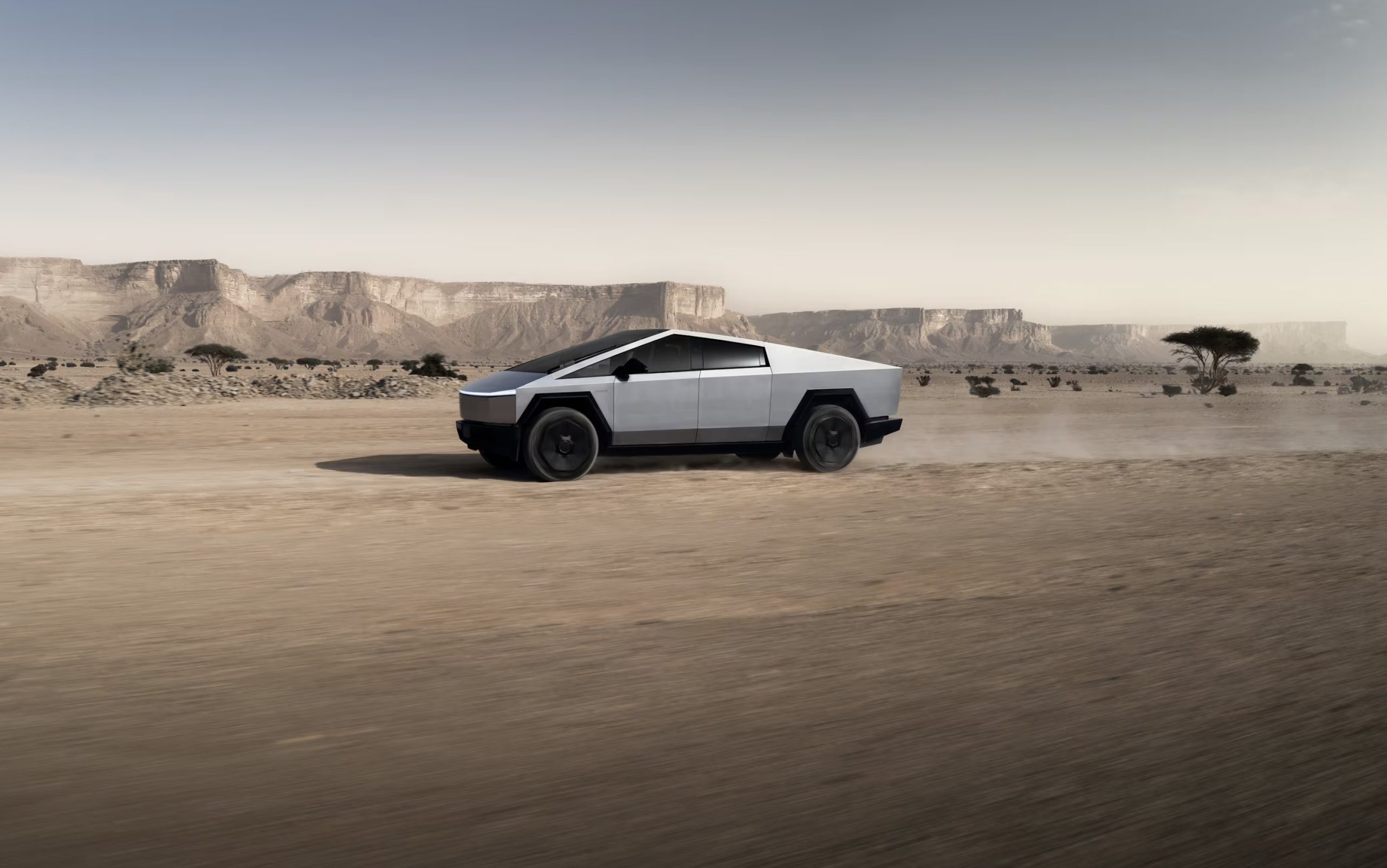
Tesla Cybertruck owners are wondering when they will get access to the company’s Full Self-Driving version 14.1 that rolled out to other owners today for the first time.
Cybertruck owners typically receive Full Self-Driving updates slightly later than other drivers, as the process for the all-electric pickup is different. It is a larger vehicle that requires some additional attention from Tesla before FSD versions are rolled out, so they will be slightly delayed. CEO Elon Musk said the all-wheel steering technically requires a bit more attention before rollout as well.
The all-wheel steering of Cybertruck requires a bit more Autopilot training
— Elon Musk (@elonmusk) October 7, 2025
After some owners got access to the v14.1 Full Self-Driving suite this morning, Cybertruck owners sought out a potential timeframe for when they would be able to experience things for themselves.
Tesla owners show off improvements with new Full Self-Driving v14 rollout
They were able to get an answer from Ashok Elluswamy, Tesla’s Head of AI, who said:
“We got you. Coming soon.”
We got you. Coming soon.
— Ashok Elluswamy (@aelluswamy) October 7, 2025
The release of FSD v14.1 for Cybertruck will not be tempered, either. Elluswamy then confirmed that Tesla would be rolling out the full-featured FSD v14 for the pickup, meaning it would be able to reverse and park itself, among other features.
Elluswamy said it would be capable of these features, which were void in other FSD releases for Cybertruck in the past.
Tesla’s rollout of FSD v14.1 brings several extremely notable changes and improvements to the suite, including more refined operation in parking garages, a new ability to choose parking preferences upon arriving at your destination, a new driving mode called “Sloth,” which is even more reserved than “Chill,” and general operational improvements.
Those who were lucky enough to receive the suite have already started showing off the improvements, and they definitely seem to be a step up from what v13’s more recent versions were capable of.
CEO Elon Musk called v14 “sentient” a few weeks back, and it seems that it is moving toward that. However, he did state that additional releases with more capabilities would be available in the coming weeks, but many owners are still waiting for this first version.
News
Tesla launches two new affordable models with ‘Standard’ Model 3, Y offerings
It is the first time Tesla has revealed any details about what it planned to launch in terms of its new, lower-cost vehicles, which are mainly aimed at countering the loss of the $7,500 EV tax credit.
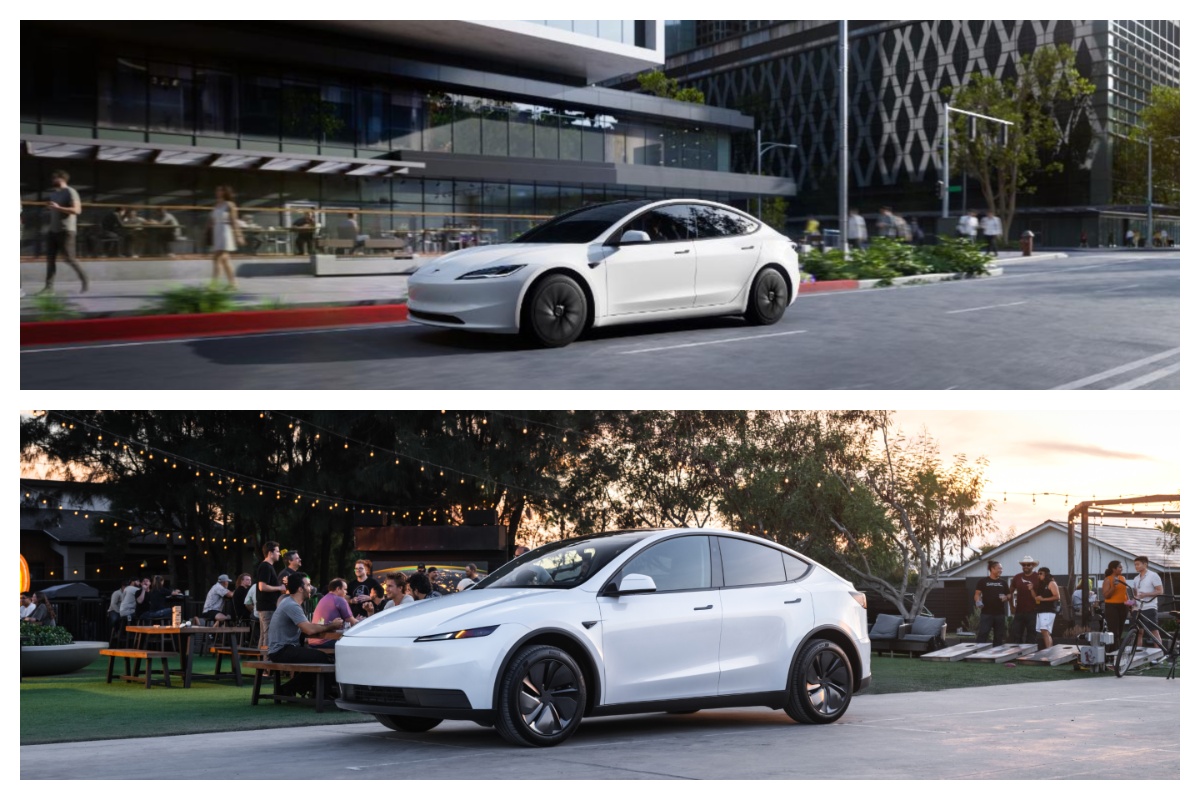
Tesla has officially launched its affordable models with the new Model 3 and Model Y ‘Standard’ versions hitting the company’s Online Design Studio on Tuesday.
It is the first time Tesla has revealed any details about what it planned to launch in terms of its new, lower-cost vehicles, which are mainly aimed at countering the loss of the $7,500 EV tax credit.
Here’s what Tesla went with for its release of the new affordable models.
Tesla Model Y ‘Standard’
The Model Y Standard is a stripped-down version of the all-electric crossover and starts at $39,990.
- Credit: Tesla
- Credit: Tesla
- Credit: Tesla
- Credit: Tesla
Deliveries are slated for November and December, the company says if you plan to order one, and it comes with a few major changes to improve efficiency and bring down cost for owners.
- New athletically tuned exterior and new alloy wheels to improve aerodynamics
- 15.4″ touchscreen in the front, the same as the other trims
- Available in three colors: Stealth Grey (free), White ($1,oo0 extra), Diamond Black ($1,500 extra)
- Textile and vegan leather interior
- Range sits at 321 miles
- New front fascia
- Covered glass roof (textile on inside)
- Windows are not acoustically laminated for a quieter cabin
- Manual mirrors and seats
- Smaller frunk
- No rear infotainment screen
- No basic Autopilot
- 69 kWh battery
- New 19″ Aperture wheels
- 0-60 MPH in 6.8 seconds
- 7 speaker stereo, down from 15 speakers in premium models
🚨 BREAKING: Tesla has launched the new Model Y ‘Standard’ for $39,990
Here’s what’s new: 🧵 pic.twitter.com/ILxbEsEniX
— TESLARATI (@Teslarati) October 7, 2025
Tesla Model 3 ‘Standard’
The Model 3 Standard was a surprise offering from Tesla, as many had only anticipated the company to refine and offer a more affordable version of the Model Y.
Coming in at $36,990, it features many of the same changes Tesla made with the Model Y “Standard,” all ways to improve price and make it less flashy than the more premium offerings.
Deliveries are also slated for November for this vehicle, and it features relatively the same stripped-down offerings as the Model Y Standard.
- Available in three colors: Stealth Grey (free), White ($1,oo0 extra), Diamond Black ($1,500 extra)
- Textile and vegan leather interior
- Range sits at 321 miles
- Covered glass roof (textile on inside)
- Manual mirrors and seats
- No rear infotainment screen
- No basic Autopilot
- 69 kWh battery
- New 19″ Aperture wheels
- 0-60 MPH in 6.8 seconds
- 7 speaker stereo, down from 15 speakers in premium models
@teslarati 🚨 Tesla’s Affordable Models are here! Let’s talk about them! #tesla #fyp #viral #teslaev #elonmusk ♬ Natural Emotions – Muspace Lofi
Elon Musk
Tesla owners show off improvements with new Full Self-Driving v14 rollout
Some of the big things that Tesla faced head-on with the development and release of v14 were navigating in parking garages and handling parking after arriving at a destination.
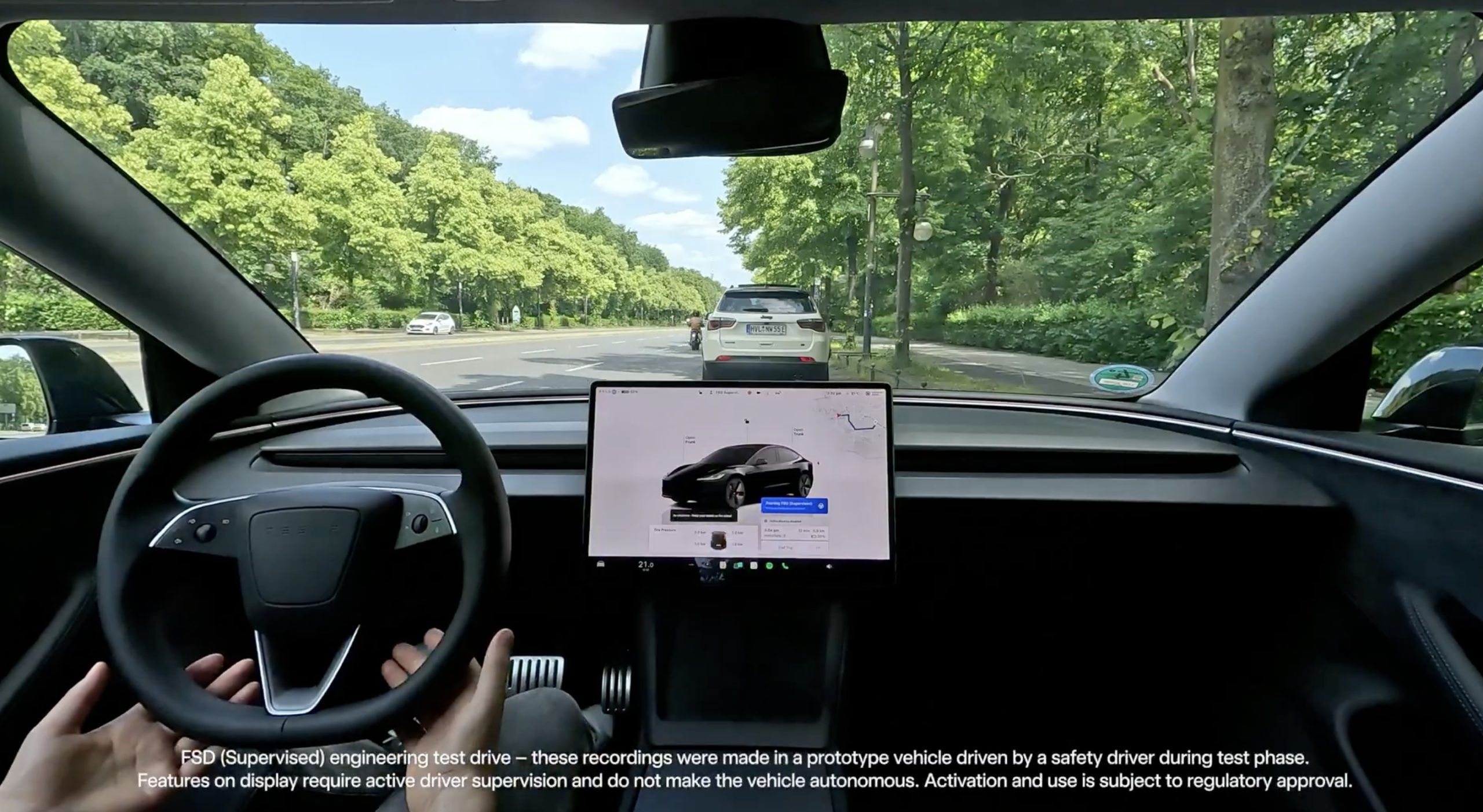
Tesla owners with access to the company’s Full Self-Driving new version, v14, which rolled out on Tuesday morning, are showcasing some of the very impressive improvements that have arrived.
CEO Elon Musk called v14 “sentient” a few weeks ahead of its rollout, claiming the newest iteration of the company’s Full Self-Driving platform would be the most accurate to date.
Tesla FSD (Supervised) V14.1 with Robotaxi-style dropoffs is here
It was obvious this narrative had Tesla owners keeping their expectations high, as there were very evidently things that needed to be improved upon that were present in v13. I wrote about several improvements I was hoping to see, and based on the release notes for v14, Tesla did have these things in the works already.
Some of the big things that Tesla faced head-on with the development and release of v14 were navigating in parking garages and handling parking after arriving at a destination.
Tesla said it was working to increase the capabilities of Summon within parking garages, as many owners believe that is where it would be the most beneficial.
While that does not appear to be part of this initial v14 rollout, it does seem Tesla is focused on improving the suite’s ability to navigate through these garages, including stopping for a ticket to enter the facility, finding a spot, and parking in an appropriate space.
It was evident this was a huge improvement based on one example from an owner who received v14:
FSD v14 navigates parking garages really well. Here’s a full clip of it leaving a parking spot, going through the garage, waiting for me to put the ticket in, and exiting.
Almost feels like it can read the signs above to go find the exit, with a complex garage here.@Tesla_AI pic.twitter.com/fv9j6LNcp6
— Zack (@BLKMDL3) October 7, 2025
If you look closely, you will even see the car shift slightly to the right when it arrives at the ticketing station, making it easier for the driver to hand over their ticket and payment. It then moves back out to the right when leaving to return to the center of the lane. It’s very intuitive.
Additionally, it appears to be more accurate when parking, thanks to improvements that enable owners to select the type of parking upon arrival at a destination.
In the v14.1 release notes, Tesla said that it has added “Arrival Options for you to select where FSD should park: in a Parking Lot, on the Street, in a Driveway, in a Parking Garage, or at the Curbside.”
One owner chose to navigate home and chose a garage to park in. Full Self-Driving performed it without any issues:
Not only can FSD 14.1 pull into my gravel driveway (no version before has done this) it can pull into the garage. pic.twitter.com/pweI5JKWHD
— Dirty Tesla (@DirtyTesLa) October 7, 2025
These are just two evident improvements so far, and there are likely many more on the way. The changes and fixes will be tracked by anyone with access to FSD v14 in the coming weeks.
-

 Elon Musk2 weeks ago
Elon Musk2 weeks agoTesla FSD V14 set for early wide release next week: Elon Musk
-
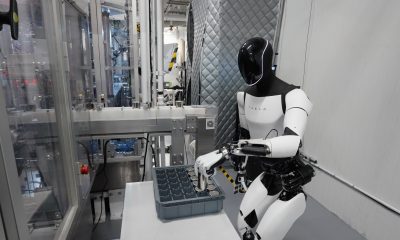
 News2 weeks ago
News2 weeks agoElon Musk gives update on Tesla Optimus progress
-
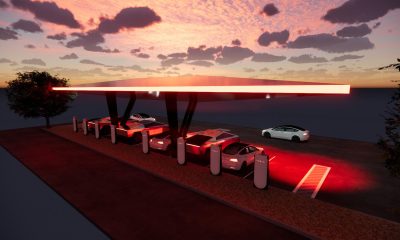
 News2 weeks ago
News2 weeks agoTesla has a new first with its Supercharger network
-
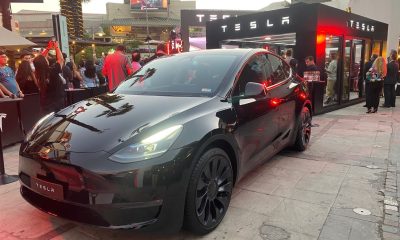
 News2 weeks ago
News2 weeks agoTesla job postings seem to show next surprise market entry
-
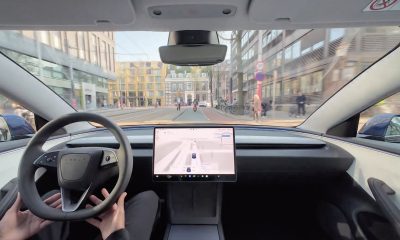
 Investor's Corner2 weeks ago
Investor's Corner2 weeks agoTesla gets new Street-high price target with high hopes for autonomy domination
-

 Lifestyle1 week ago
Lifestyle1 week ago500-mile test proves why Tesla Model Y still humiliates rivals in Europe
-
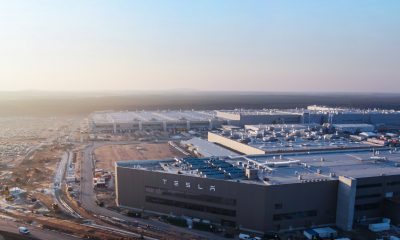
 News1 week ago
News1 week agoTesla Giga Berlin’s water consumption has achieved the unthinkable
-
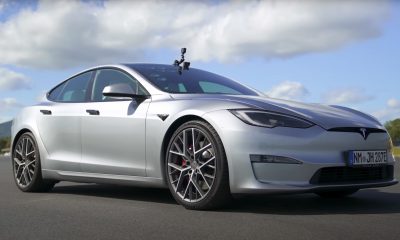
 Lifestyle1 week ago
Lifestyle1 week agoTesla Model S Plaid battles China’s 1500 hp monster Nurburgring monster, with surprising results

